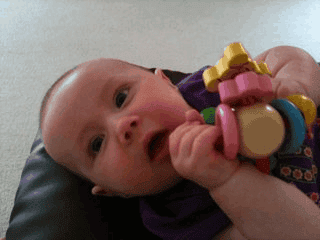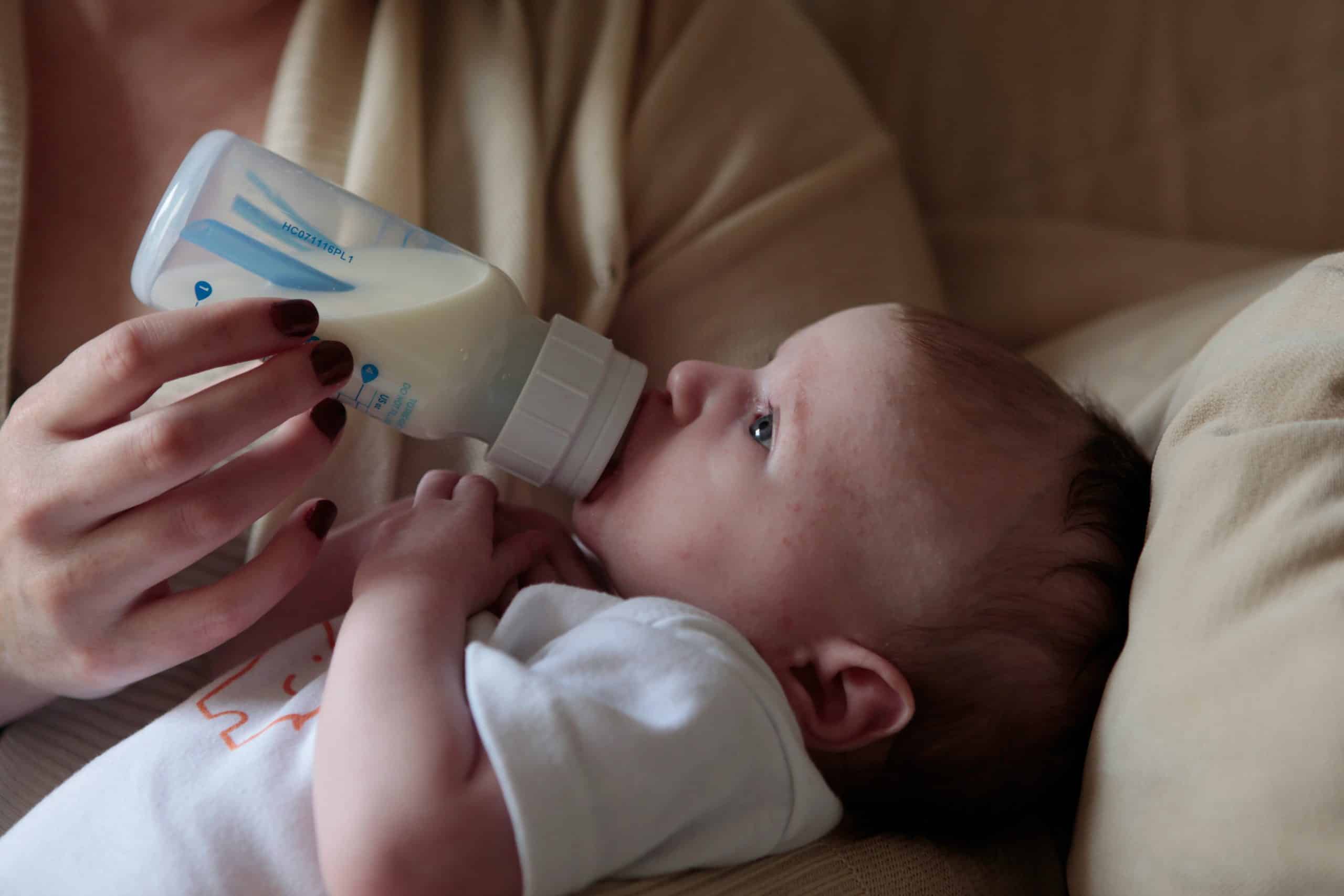Advice about teething
Teething can be challenging for babies and parents. In this guide, I will share my experiences and knowledge on identifying the signs of teething, the standard order of tooth eruption, and effective treatments to soothe your little one’s discomfort.

Common Signs of Teething
Teething babies may exhibit various symptoms, but some of the most common ones include the following:
- Dribbling: Excess saliva is produced during teething, leading to dribbling.
- Chewing hands or fists: This helps alleviate pain in the gums.
- Red and hot cheeks: Often on the side where the teething pain is most intense.
- Looser stools: Extra swallowed saliva can upset a baby’s tummy, causing more acidic stools.
- Red, sore bottom: A result of acidic stools.
- Pulling at ears: Indicative of pain on one side of the mouth.
- Decreased appetite: Soreness in the mouth can deter a baby from eating or drinking.
- General fussiness: Mild teething pain can cause overall unhappiness.
- Unexplained bouts of hysterical crying: Severe teething pain may lead to inconsolable crying.
- Sleep disturbances: Pain may cause whinging, moaning, or frequent waking during sleep.
Confirming Teething
If your baby displays at least three signs, teething is likely the cause. However, consult your GP if your baby seems in pain without these symptoms.
How Long Does Teething Last?
Teething can begin as early as eight to ten weeks of age and may take months before any teeth appear. Symptoms may last a few days before subsiding, only to return a few weeks later as new teeth develop.
Typical Order of Tooth Eruption
While the order and timing of tooth eruption may vary, the following diagram provides a rough guide:
Remember, every baby is unique, and the timing and order of tooth eruption may differ. Don’t worry if your baby doesn’t conform to the norm – all teeth will eventually arrive.
Personal Experiences with Teething
I’ve cared for many teething babies; each experience has been different. Some babies get their teeth early, while others remain gummy until well into their first year. The important thing is to remain patient and supportive as your baby navigates this phase.
Treatment Options for Teething Pain
Numerous teething products are on the market, but my go-to recommendation is Anbesol liquid. This antiseptic and anaesthetic solution can be applied directly to your baby’s gums for instant relief. For more severe pain, infant Paracetamol or Nurofen may be used, following the recommended dosages on the packaging.
It’s also sold in gel form, but I’ve found that, like other gels, it slips off the gums and around the mouth as you attempt to apply it. This means you don’t get enough of it onto the gums to relieve the pain.
The liquid is much more effective because you can apply it directly along your baby’s top and bottom gums using a clean fingertip. It contains an antiseptic ingredient as well as an anaesthetic, so it brings instant relief. In using this product, I have noticed that it has worked to relieve the pain, whereas if I had been using something else that wasn’t as effective, I would have had to resort to giving infant Paracetamol or Nurofen to relieve the pain.
Although it is perfectly safe to use products like baby Calpol and Nurofen for pain once your baby is over 8–12 weeks, you must ensure you read the packaging correctly to avoid exceeding the recommended daily dose.
The Anbesol liquid is so good that if it isn’t working on relieving the pain and your baby continues to be distressed, Calpol or Nurofen is your final option. I personally find Calpol good for relieving mild temperatures and mild teething pain. However, only Nurofen or other ibuprofen-based medicines would work on my babies when the pain is severe.
It takes 20 minutes to get to work, and after that, they are pain-free and a much happier baby. Once you have eliminated her pain, you can attempt to get her to calm down and settle back to sleep (if at night).
Helping Your Baby Through Teething
Teething can be a trying time for both babies and parents. By understanding the signs, knowing what to expect, and having the proper treatments on hand, you can help your little one through this challenging stage. And always remember, if you’re ever in doubt or concerned, don’t hesitate to consult your GP for advice.
If you found this guide helpful, please share it with other parents and caregivers or comment on your teething experiences and tips. Let’s support each other through this journey.
Disclaimer: Lisa is a maternity nurse, expert nanny, and best-selling author with over 15 years of experience. This article is for informational purposes and is not a substitute for professional medical advice, diagnosis, or treatment. Always seek the advice of your GP or another qualified healthcare provider with any questions you may have regarding your baby’s health.
Featured Photo by Colin Maynard on Unsplash




